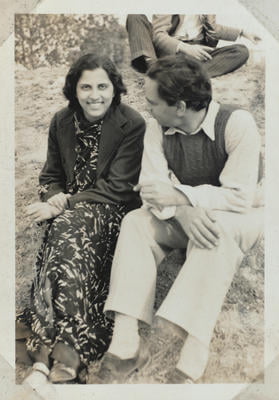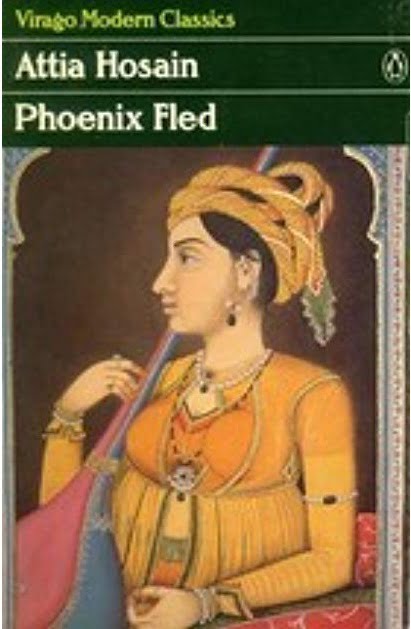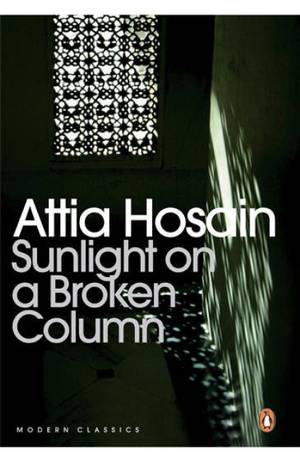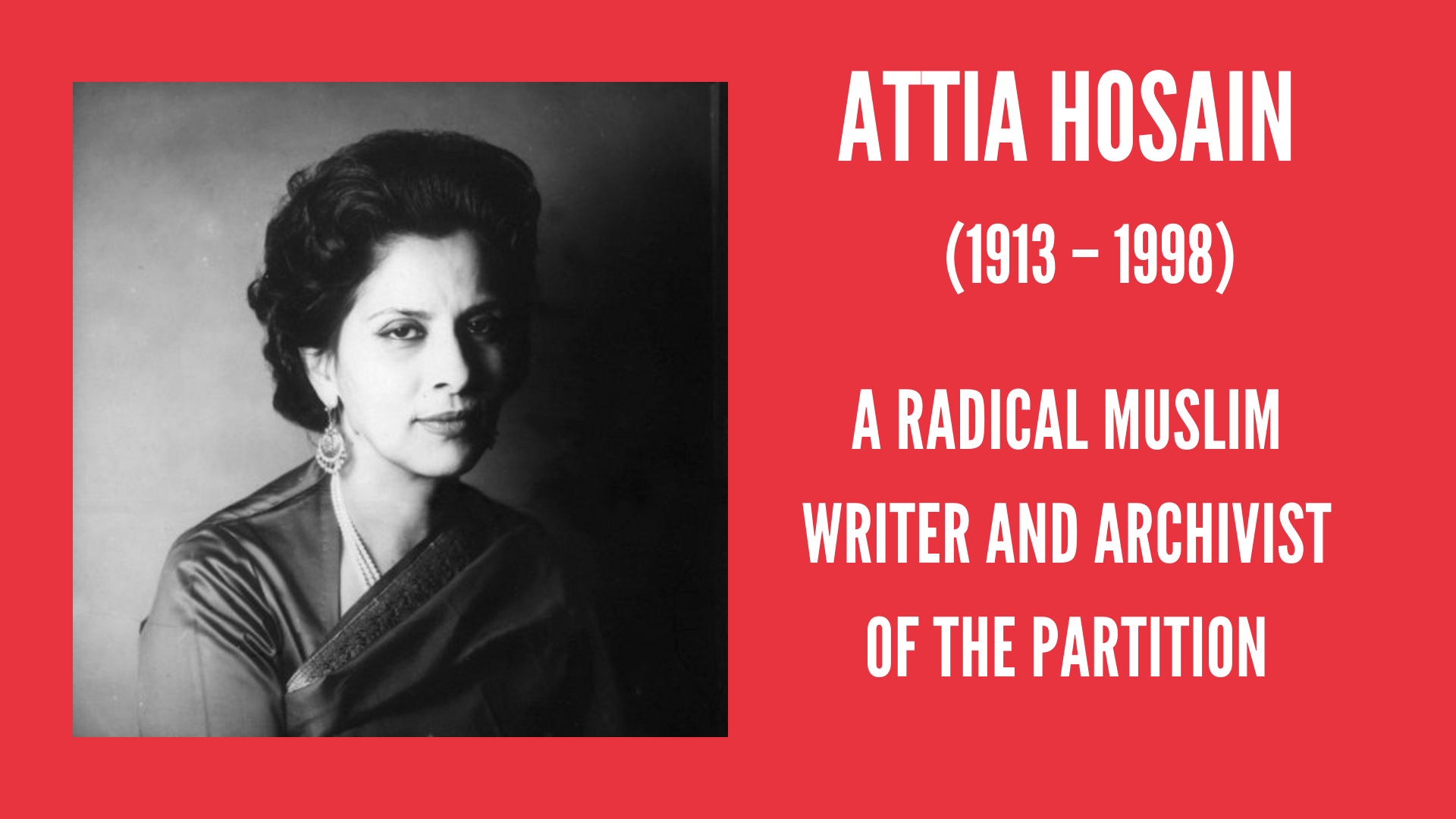Attia Hosain was a prominent Indian novelist, journalist, broadcaster and short-story writer who wrote in English. She started writing at a young age and is known for her works revolving around themes such as Partition and gender.
Being receptive to the social changes that her home town Lucknow was a hub of, while she grew up, she incorporated them in her writings, which are a blend of tradition and modernity. Her short story ‘The First Party’ explores the conflict between tradition and modernity as a young bride tries to keep up with her husband’s modern lifestyle.
In spite of being an aristocratic Muslim, her radical views enabled her to recognize the hypocrisies of her class – a theme that is predominant in her works. Anita Desai, who has written the introduction to Hosain’s Sunlight on a Broken Column, has greatly admired Hosain’s writing for being “rich and ornate.”
Early Life and Education
Attia Hosain was born into a wealthy landowning family in Lucknow in 1913. Her father, educated at Cambridge University, was a Taluqdar (feudal landowner) of Oudh, erstwhile United Provinces, and her mother was the founder of an institute for women’s education and welfare in Lucknow.
Educated at La Martiniere College and Isabella Thoburn College, Lucknow, she was the first woman from her aristocratic background to attain graduation. Along with receiving a formal education, she was taught Urdu, Persian and Arabic at home.

Being receptive to the social changes that her home town Lucknow was a hub of while she grew up, she incorporated them in her writings, which are a blend of tradition and modernity.
Radical Sensibility
Hosain had liberal views and was influenced by the left-wing and the nationalist movement of the 1930s. She was inspired by the radical writers of her time and became associated with the Progressive Writers’ Association, a group of writers that included the likes of Ahmed Ali, Sajjad Zaheer, Mulk Raj Anand, Ismat Chughtai, Saadat Hasan Manto and Premchand. In 1936, she also attended All-India Progressive Writers Association’s official inaugural meeting presided over by Premchand.

Encouraged by Sarojini Naidu, Hosain also participated in the All-India Women’s Conference held at Calcutta in 1933 and reported the event for newspapers.
Also read: The Life and Times of Literary Iconoclast Ismat Chughtai | #IndianWomenInHistory
Career
During her time in India, Hosain wrote for newspapers such as The Pioneer and The Statesman, based in Calcutta, and published her short stories in several periodicals.
She moved to England in 1947 with her husband and two children to avoid moving to the newly-created Pakistan. There, she became the broadcaster of her own woman’s programme for the Indian Section of the Eastern Service of the British Broadcasting Corporation (BBC) in 1949. Her work at BBC included topics such as art, music, drama, and religion. In addition, she appeared on television and, in 1961, acted in Peter Mayne’s play The Bird of Prey at West End Stage, London. She also gave lectures on the convergence of Indian and western cultures.
In 1953, her first collection of short stories, titled Phoenix Fled, was published. It contains her short stories such as ‘Phoenix Fled’, ‘After the Storm’ and ‘The Daughter-in-Law’. This was followed by her only novel Sunlight on a Broken Column, published in 1961.

Chronicler of Partition
Encouraged by the poet Cecil Day-Lewis, Hosain published her monumental work, Sunlight on a Broken Column, autobiographical in style, in 1961. It is written against the backdrop of the Partition of India and represents a crumbling social order. The novel, an archive of Partition, which spans twenty years in the life of its protagonist Leela, provides a realistic account of the cultural, social and political changes taking place during the period. It depicts the Muslim society of early twentieth-century India and exposes the hypocrisies of the world that the protagonist lives in.

“Attia Hosain’s novel and collection of short stories are monuments to that past: the history of North India before Partition. A monument suggests a gravestone – grey, cold and immutable. Her books are not: they are delicate and tender, like new grass, and they stir with life and the play of sunlight and rain. To read them is as if one had parted a curtain, or opened a door, and strayed into the past.”- Anita Desai.
Talking about writing Sunlight on a Broken Column, Attia Hosain said, “I wanted to write about that agonizing heartbreak when we were all split up and a brother could not see a brother and a mother could not be with her dying son and families that had been proud to always collect together when there were weddings or deaths or births or anything, cannot be together. And I couldn’t write it. And I wrote this book [Sunlight on a Broken Column]…“
Gender and Class Struggle
Hosain’s writings depict the condition of Muslim women in pre-partition India. The concept of Zenana and the practice of observing purdah are described through the traditional Muslim household of her novel.
“If it is such a shameful business being married and having children, why talk of nothing but marriage from the moment a girl is born?,” says Leela in Sunlight on a Broken Column
The novel explores the theme of marriage and the lack of agency given to women while choosing their husbands. The discriminatory upper-class sensibility of Leela’a family is evident in their disapproval of her wish to marry a man below her social standing. Laila’s aunt herself suffers the plight of being married into a family where she is mistreated.
Anita Desai has rightly said, “To know what feudalism meant, one has to read Sunlight on a Broken Column or Phoenix Fled and see how it was made – how the land belonged to the wealthy taluqdars, how the peasants worked upon it, what was exacted from them, and what was in return done to or for them. How women lived in a secluded part of the house, jealously protected by their menfolk, and what powers were theirs, and not.”
Hosain’s writings depict the condition of Muslim women in pre-partition India. The concept of Zenana and the practice of observing purdah are described through the traditional Muslim household of her novel.
Attia Hosain wrote about the experiences of women and explored their position in the predominantly patriarchal society.
Also read: Watch: 5 Indian Muslim Feminist Writers You Should Know About
Reflecting on her writing, Mulk Raj Anand said, “Attia Hosain will be honoured for her reflections of the woman without veil, facing the mirror with a smile of self-recognition above the lingering sadness of empathy for other females not yet liberated.”
About the author(s)
Bhawna Singh is pursuing Masters in English from University of Delhi. She appreciates memes and dark humour. When she isn't reading or watching something, she can be found obsessing over Wednesday Addams.




